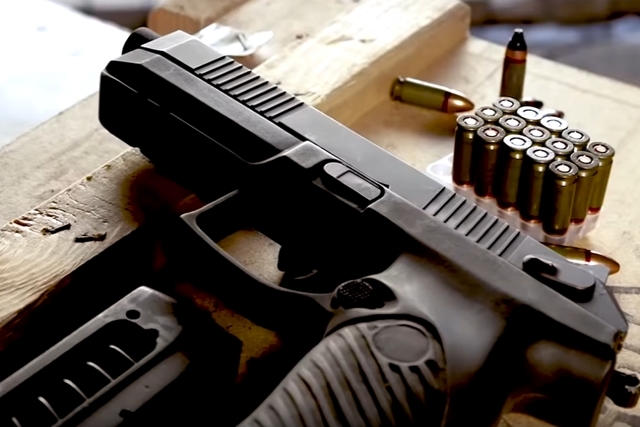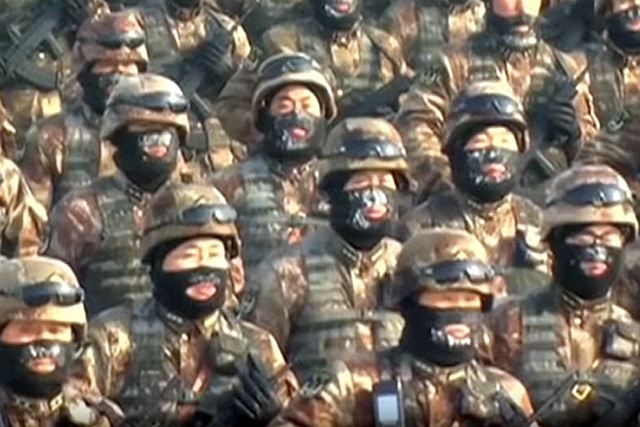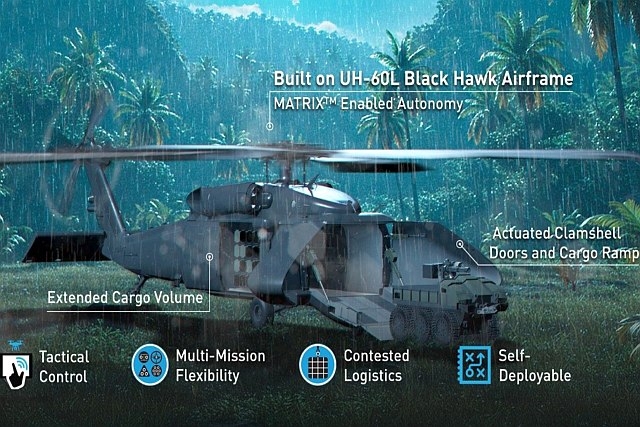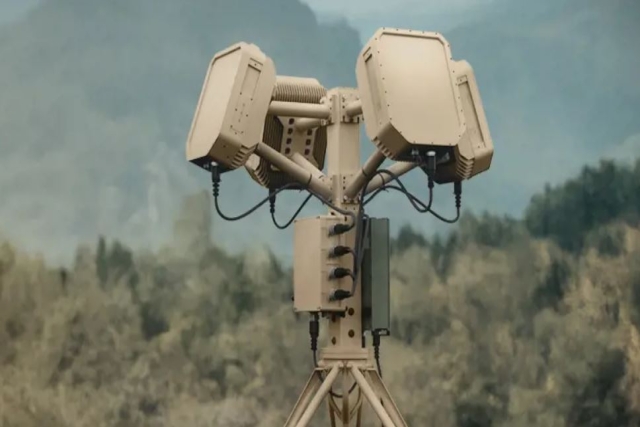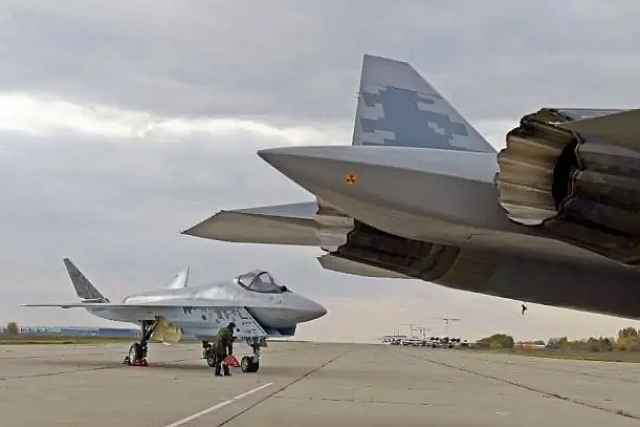U.S. Aircrews to get New Body Armor Carrier Systems
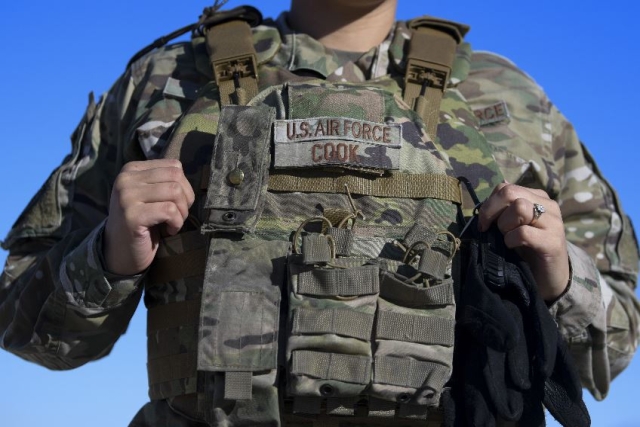
The U.S. Air Force is equipping aircrew members operating 20 diverse aircraft, such as CV-22 Ospreys, HH-60G Pave Hawks, C-130 Hercules, and C-17 Globemaster IIIs, with modernized body armor carrier systems, replacing their older models.
"We are replacing approximately 7,300 existing legacy body armor carrier systems and components for two main reasons," said 1st Lt. Diego Martinez, who serves as the program manager for Aviation Body Armor within the Air Force Life Cycle Management Center's Human Systems Division.
He emphasized that the legacy systems lacked support from the Defense Logistics Agency, and their weight and design negatively affected mission readiness. Highlighting the importance of the replacement effort, he noted that aircrew often faced danger in hostile environments, where proper body armor was essential for saving lives.
It's worth noting that these body armor carriers are custom-designed for aircrew members. Martinez explained, "Aircrew have unique mission requirements compared to other Air Force roles, necessitating specialized body armor. For instance, aircrew body armor carriers must have extraction capabilities in case aircrew members need to be rescued for medical reasons."
One key advantage of the new carrier systems is their reduced weight compared to the legacy systems. Martinez emphasized, "In the past, people didn't pay much attention to weight because it was commonly believed that body armor is inherently heavy. However, recent efforts by manufacturers have resulted in the development of materials and designs specifically aimed at reducing weight."
Currently, the division has identified two potential replacement systems for aircrew: the Aviation Body Armor Vest and the Army Aircrew Combat Equipment. Testing to assess their operational suitability and safety is scheduled to commence in October 2023 and will conclude by the summer of 2024. The selected system(s) will be distributed to individual units between the summer of 2024 and the summer of 2025.

